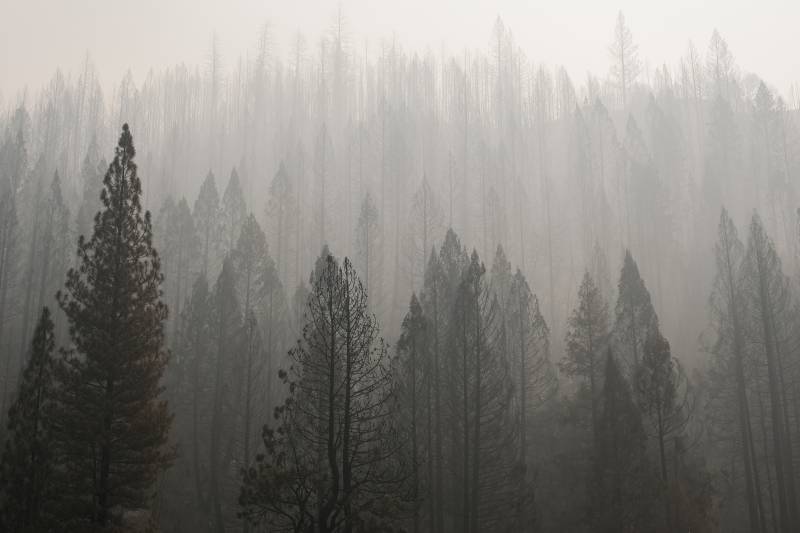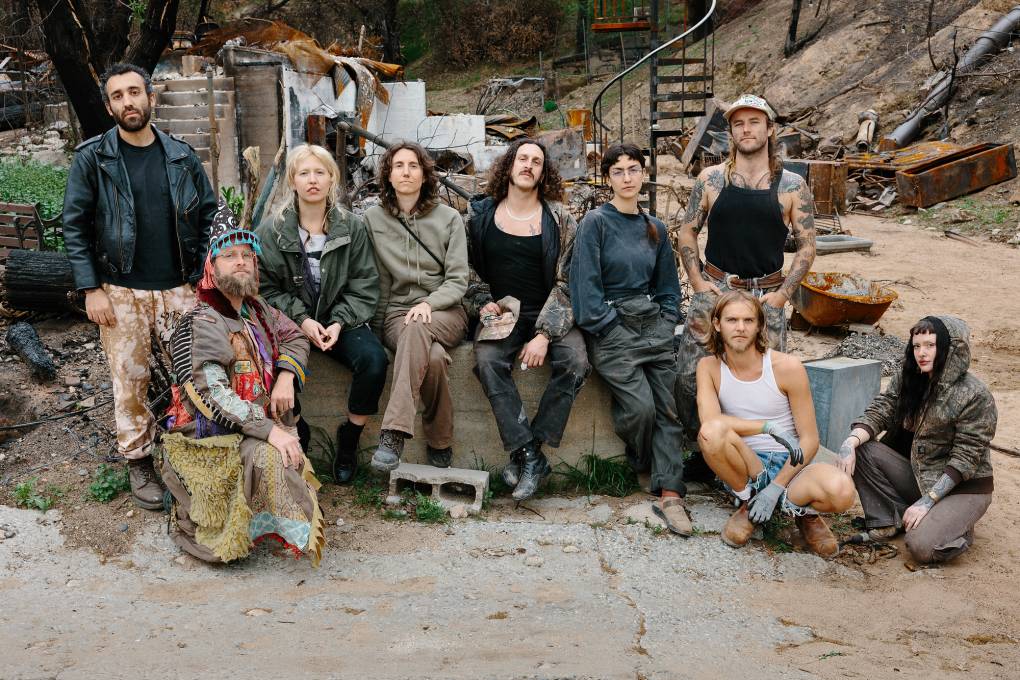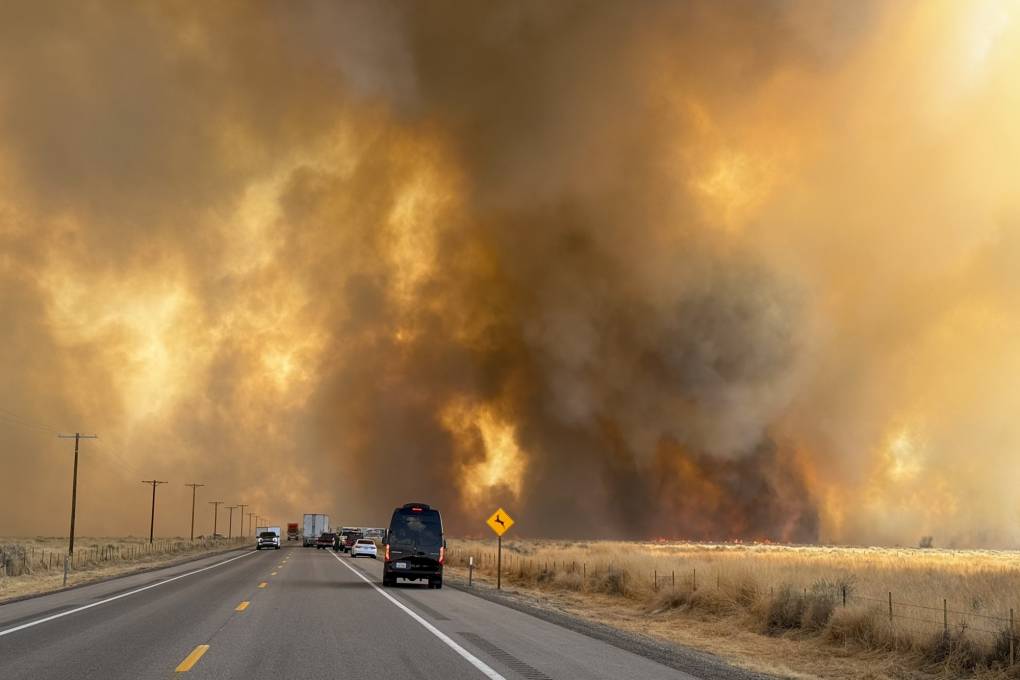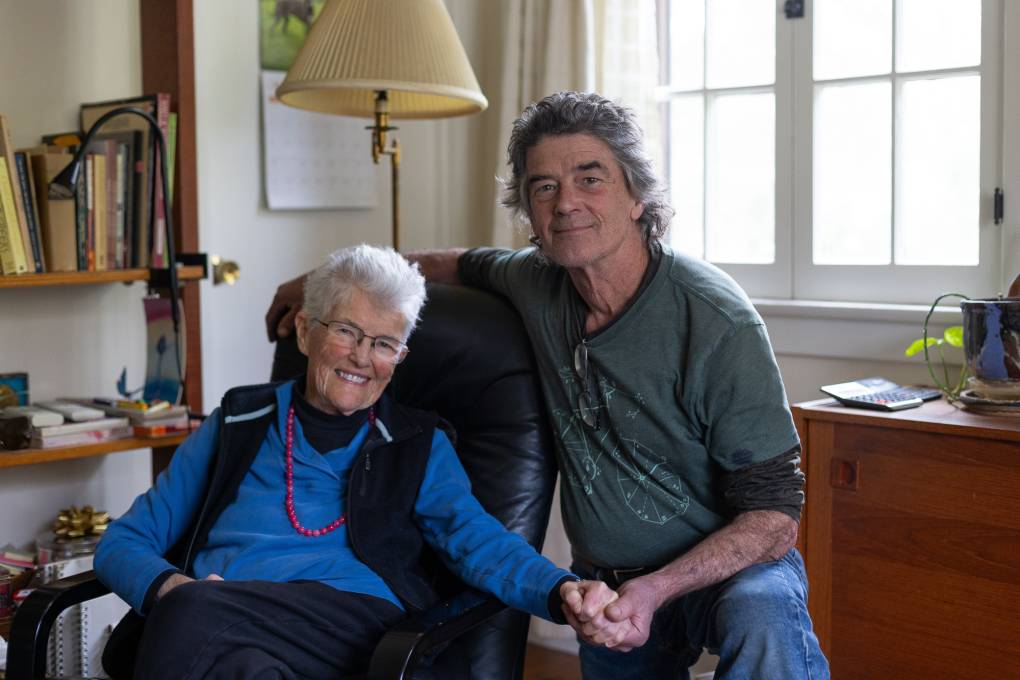Alsup directed the company to respond to his questions by Aug. 16.
Asked after Alsup issued his order whether the company was involved with the July 13 drone flight or any other drone operations at or near the site where the Dixie Fire started, PG&E spokesperson Matt Nauman said in a Saturday email, “We’re aware of the judge’s order and we’ll respond by the deadline.”
However, after this story published Tuesday afternoon, PG&E said no drones authorized to do work for the company were in the air at the time of the incursion.
“Drone dispatch records and records of work performed show that all of the drones authorized to fly on behalf of PG&E on July 13, 2021, in Butte or Plumas Counties had completed their flights for PG&E by approximately 12:30 p.m.,” company spokesman James Noonan said in an email.
PG&E has reported in filings to the court and the California Public Utilities Commission that an electrical problem was detected just before 7 a.m. on July 13 at Cresta Dam, on the North Fork of the Feather River about 25 miles northeast of Oroville.
It took PG&E workers more than five hours after the first indication of trouble to trace it to a section of a 12,000-volt power line located a quarter-mile away from — and 800 feet above — the dam. It took more than four additional hours for one of those utility workers, delayed by a steep, narrow, twisting road and an out-of-commission bridge, to get to the power line. There he found that a 70-foot Douglas-fir had fallen across the line’s three wires and ignited a small fire.
The worker tried unsuccessfully to extinguish the blaze, which by that point measured about 40 feet by 40 feet. A fire crew that happened to be driving up the other side of the river on Highway 70 had already spotted the blaze and, a few minutes after 5 p.m., reported it to a Cal Fire dispatcher.
Cal Fire responded with two air tankers that dropped fire retardant to limit the spread of the blaze while a helicopter made repeated water drops on the blaze to hold it in check until ground crews arrived. Slowed by the same narrow road and out-of-service bridge that hampered the PG&E worker’s journey, the first handful of firefighters didn’t arrive on the scene for more than two hours after the incident was first reported.
Then at about 7:45 p.m., with about 45 minutes of daylight remaining to continue flying, a Cal Fire air attack pilot spotted a drone over the fire. Following standard practice for wildland firefighting, Cal Fire suspended air operations, and the air attack plane, tankers and helicopter returned to their bases.
Ramsey says he believes the drone prevented Cal Fire from stopping the blaze. Aircraft “were working their way in toward the center to put the fire dead out” when the drone appeared, he said last month.
Who was flying the drone has remained a mystery.
According to Cal Fire dispatch recordings, fire personnel on Highway 70 conducted a short, unsuccessful search for the drone operator after the aircraft was detected.
A Cal Fire report filed after the incursion said the air attack pilot — who functions as a sort of air-traffic controller for other firefighting pilots — had been able to follow the drone a short distance up the river from the spot where the Dixie Fire was slowly growing beyond control.
“Eventually visual contact with the drone was lost when it descended into the Rock Creek drainage,” the report said. Rock Creek, about 2 miles upstream from the fire’s starting point, is the site of a PG&E powerhouse.
Asked whether he was investigating whether a drone might have been flown from the Cresta Dam, immediately across the river from the fire, Ramsey said the Rock Creek powerhouse was more of an area of interest.
Declining to go into detail about the progress of the investigation, he added his office has developed “fruitful leads” about the identity of the drone operator.



